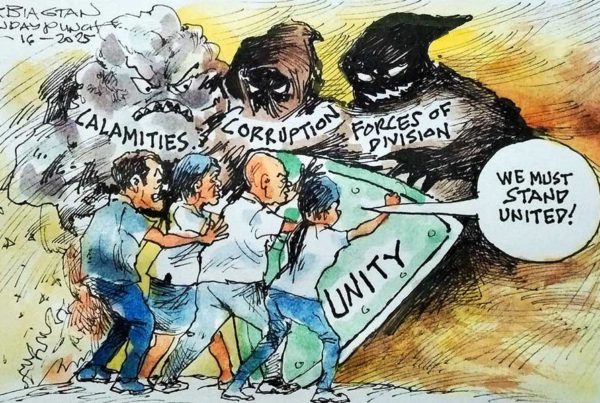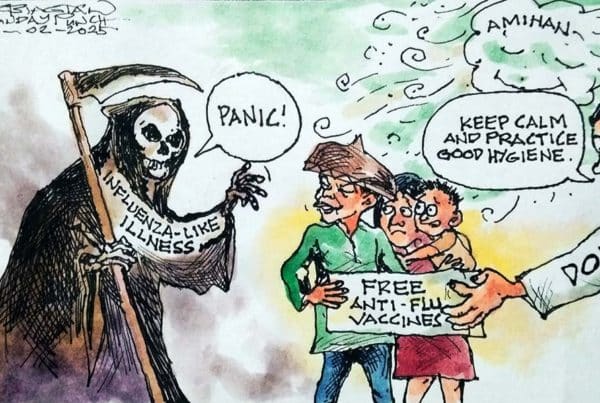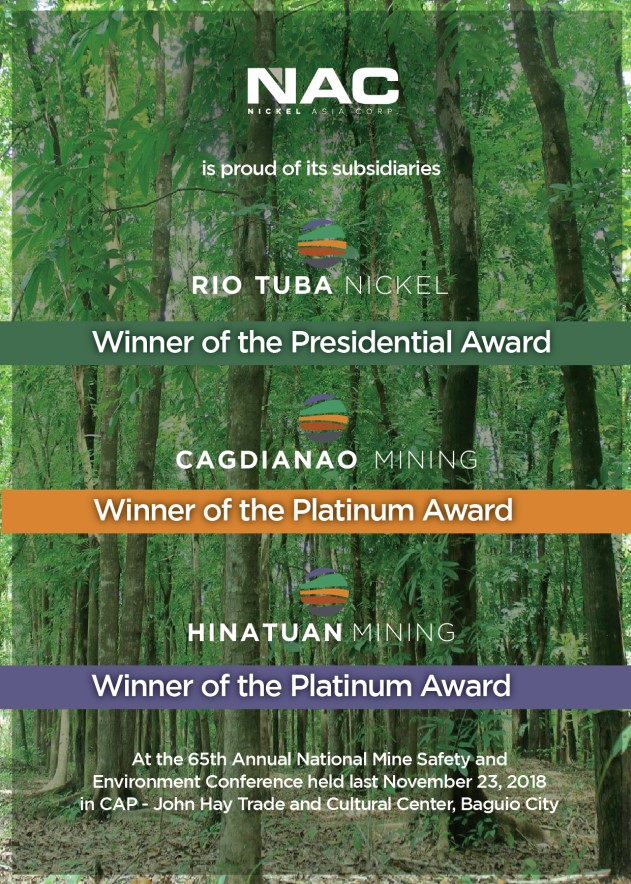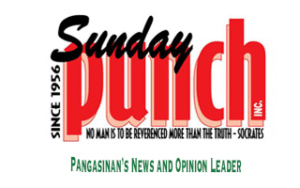Editorial
Human and Nature
Despite the migration uptrend in the province, the population of Pangasinan continues to grow, increasing by 7% over the seven-year period between the start of the new century to 2007.
Based on the population census conducted by the National Statistics Office in August last year, there are now more than 2.64 million people here, giving Pangasinan continued status as the biggest province in terms of population.
That is significant in several terms. One, that means Pangasinan will continue to be a valuable battlefield for politicians gunning for a national post. Economic wise, the province has a huge potential for manpower; but of course that also largely depends on development opportunities that the government can offer – in education, skills training, etc. – for these human resources. And it also means that our environment, which is not expanding alongside the booming population, is under pressure of greater human demand for housing and food resources.
And now would be a good time as any to re-assess our attitude towards Mother Nature.
The celebration of Environment Month in June passed by rather subtly, perhaps mainly because the people has had to contend with the devastating impact of super Typhoon Cosme in mid-May and then again brace themselves for Typhoon Frank a few weeks later, which fortunately spared much of the province.
On near hindsight, the calamity and destruction brought about by these two typhoons, not just in Pangasinan but in many other parts of the country, must actually serve as yet another reminder for us of the incalculable value of preserving, cultivating and protecting our environment, not just during the Environment Month but everyday, year in and year out.
It is, indeed, reassuring news to hear that our own Provincial Environment and Natural Resources Office here is not sleeping on the job and is actively implementing programs directed towards land reforestation, mangrove rehabilitation, and watershed rehabilitation. And it is wonderful to know that they are not alone in their efforts with the private sector, the academe, non-government organizations, several local government units, and people in the communities giving them a helping hand.
Everybody needs to put in some share because absolutely everyone stands to both benefit from the natural environment’s gifts and be at peril at nature’s wrath.
Taking care of our environment ultimately revolves around a very basic agenda: keep, protect and save our very own lives.










